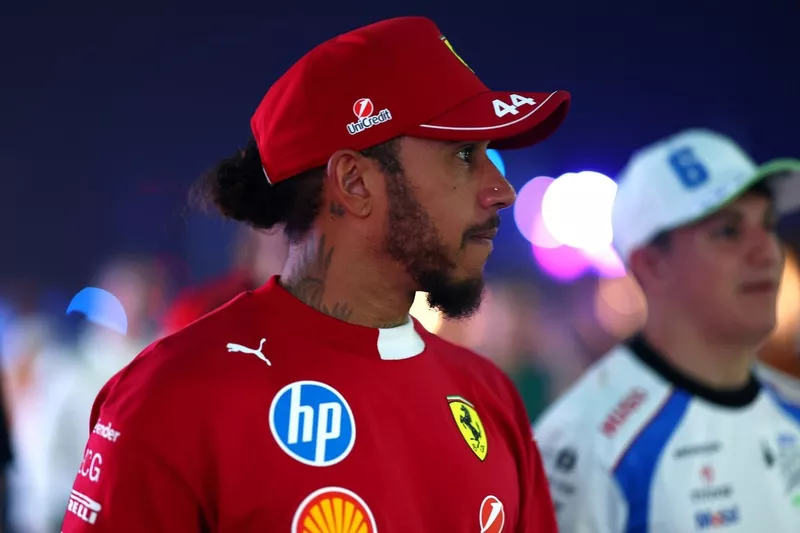
Vettel Warns: Hamilton Ferrari Transition May Take Longer Than Expected
Former rival offers insight as Hamilton slow start raises questions at Maranello
When Lewis Hamilton announced he would be leaving Mercedes for Ferrari, it sent shockwaves through the world of Formula 1. The seven-time world champion making a bold move to a team that hasn’t won a constructors’ title since 2008 promised drama, change, and perhaps a final legacy-defining chapter in one of motorsport’s most glittering careers.
But so far, the fairytale hasn’t quite taken shape. And if anyone knows what it’s like to walk into the unique world of Ferrari, it’s Sebastian Vettel—a four-time champion who spent six years in red.
Hamilton and Vettel: From fierce rivals to mutual respect
Hamilton and Vettel were fierce competitors for over a decade. They both entered Formula 1 in 2007 and rose to stardom in parallel—Hamilton grabbing his first title early with McLaren in 2008, and Vettel making his name with a surprise win at Monza for Toro Rosso before dominating the sport with Red Bull from 2010 to 2013.
Their careers, though similar in trajectory, took them down different team paths. While Vettel surged early then plateaued, Hamilton reached new heights after moving to Mercedes in 2013. The pair shared a remarkable 56 podiums together, their intense rivalry eventually mellowing into a relationship built on mutual admiration and experience.
Now, with Vettel retired and Hamilton donning the red suit at Maranello, the German has offered some measured words about what lies ahead for his old rival—and why the road at Ferrari might be longer and bumpier than many anticipated.
Vettel on Hamilton’s Ferrari adaptation: “Maybe even longer than half a season”
Speaking on the Backstage Boxengasse podcast, Vettel was asked how long he thought it would take Hamilton to adapt to life at Ferrari. Some have speculated a few months would be enough, but Vettel wasn’t so sure.
“Yes, maybe even longer,” he said. “It depends on many factors. In my time, the structure of the car was completely different, but I was able to adapt relatively quickly. But the truth is, it’s not just about the car.”
He went on to highlight what many outsiders underestimate: the cultural shift that comes with joining Ferrari.
“You’re dealing with a different environment, different people, a different language, and a different culture,” Vettel explained. “All of these things come at you all of a sudden, and everyone reacts differently. Some adapt more quickly, some later.”
In Hamilton’s case, Vettel was quick to reiterate that raw talent wasn’t the issue. “Hamilton’s talent is undeniable. He has everything it takes. But the adjustment period is normal. Nothing is lost yet.”
Internal tensions and car discomfort at Ferrari
While Vettel’s tone was sympathetic, it’s clear Hamilton’s start to life in red hasn’t been smooth. Behind the scenes, tensions have begun to simmer—particularly around his relationship with teammate Charles Leclerc.
Hamilton and Leclerc haven’t exactly clicked so far. There have been quiet whispers of misalignment—both on setup preferences and driving style. Hamilton is reportedly asking for very different settings compared to Leclerc, which suggests he’s still searching for a sense of comfort and confidence in the SF-25.
It’s a subtle but crucial detail. In F1, a driver not feeling “at one” with the car can be the difference between a race-winning performance and a midfield struggle. And at the moment, Hamilton is firmly in the latter category.
Ferrari’s broader struggles — and a widening gap to McLaren
Hamilton’s personal adaptation issues are just one part of a wider Ferrari problem. While the team looked strong last year and came tantalisingly close to the constructors’ title, this season has seen them slump behind the resurgent McLaren outfit.
Led by Oscar Piastri, who has taken the paddock by storm and currently leads the championship, McLaren looks like the team with the clearest development path and strongest package. Ferrari, by contrast, are staring at a 110-point deficit and scrambling for answers.
It’s a difficult backdrop for Hamilton to make his debut. And it raises questions not only about the car, but about Ferrari’s structure and direction.
Vasseur’s gamble: Will it pay off?
When Ferrari boss Fred Vasseur convinced Hamilton to join, it was heralded as a masterstroke. Vasseur had a long-standing relationship with Lewis, dating back to his GP2 title win in 2006 under the ART banner.
At the time, Ferrari needed a game-changer—a driver with the pedigree, experience, and aura to bring the Scuderia back to glory. Vasseur believed Hamilton could be that man.
But in the unforgiving world of F1, reputations alone don’t score points. Hamilton’s bedding-in period has been slower than hoped, and fans are already asking whether this dream partnership was doomed from the start.
Patience or panic? What comes next for Hamilton and Ferrari
There’s a certain romance to Hamilton’s move to Ferrari, and it would be premature to declare it a failure just a few races in. Vettel’s words should serve as a reminder to fans and media alike: transitioning to Ferrari is no simple switch.
Yes, Hamilton’s current results don’t reflect his status as one of the sport’s greats. But the season is still young. Ferrari’s development curve can be steep, and Hamilton’s adaptability has often been underrated.
Still, time waits for no one in Formula 1. And as Oscar Piastri stretches his championship lead and McLaren tighten their grip on the standings, Ferrari—and Hamilton—know that the second half of 2025 needs to deliver.
Because in the land of the Prancing Horse, patience only lasts so long.











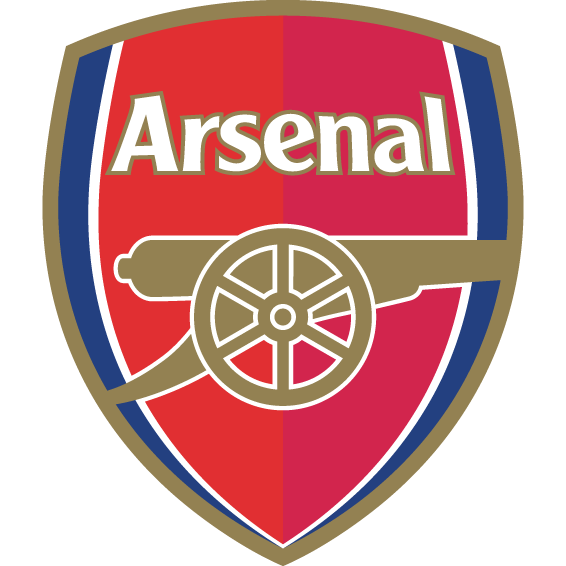





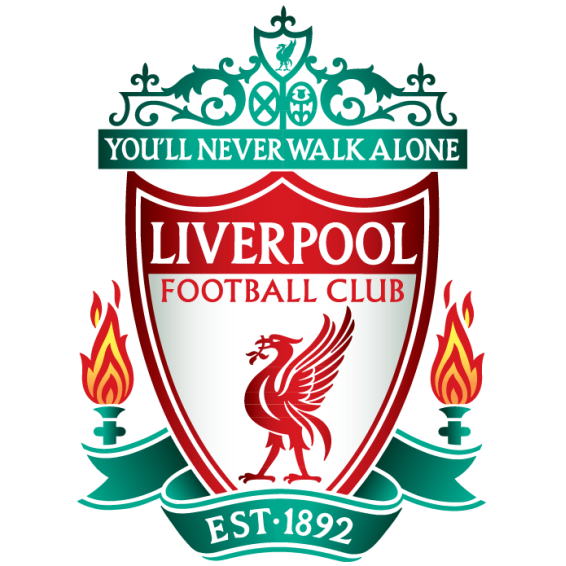




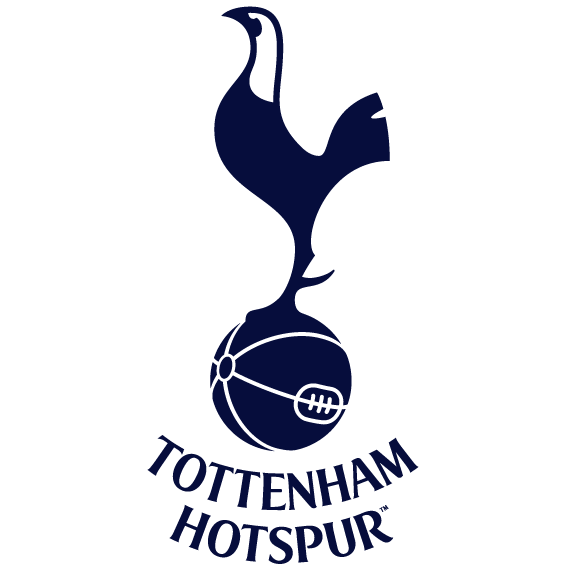



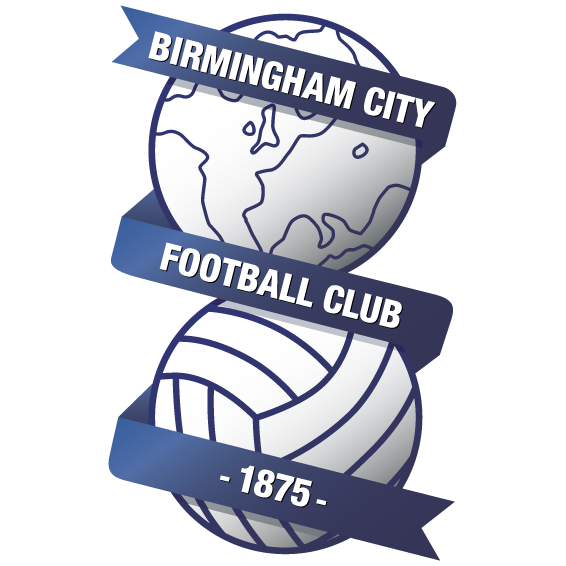


















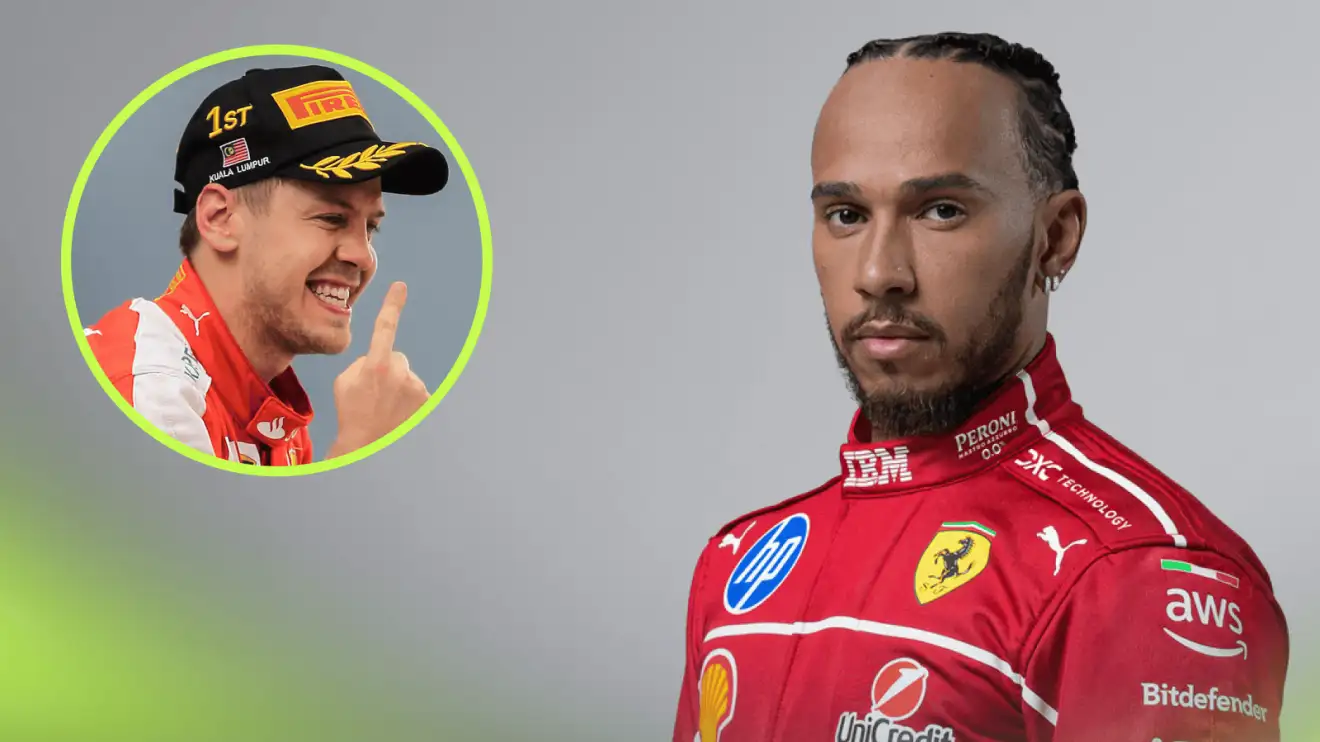
























There are no comments yet. Be the first to comment!